- We ship only in India and for domestic (India) buyers, orders are shipped through registered domestic courier companies and/or speed post only.
- Shipping is free all over India unless specified on the product page or informed explicitly by our customer care prior to shipping.
- Orders are generally shipped on the same day or the next day but may take up to 3 – 10 working days depending on the number of orders and external factors from the date of placing the order and delivering of the shipment subject to Courier Company/post office norms.
- theforestherbs.com is not liable for any delay in delivery by the courier company / postal authorities and only guarantees to hand over the consignment to the courier company or postal authorities within 3 working days (done usually by next working day of placing order) from the date of the order and payment or as per the delivery date agreed at the time of order confirmation.
- Delivery of all orders will be to the delivery address entered by the buyer at the time of placing the order.
- If you have any queries regarding our Shipping & Delivery Policy, feel free to Contact us.
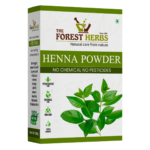
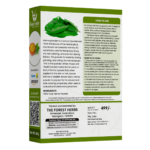

Curry Leaf Powder (Sun Dried & Stemless) for Strong and Shiny Hair | Eating
₹499.00 Original price was: ₹499.00.₹269.00Current price is: ₹269.00.

Reetha Powder for Skin and Hair
₹499.00 Original price was: ₹499.00.₹225.00Current price is: ₹225.00.
Henna Powder for Hair, Skin and Beard
- Quality: Clean and Sorted
- 100% chemical free.
- Availability: In Stock
- Expected delivery time: 4-5 business days anywhere in India
12
People watching this product now!
668
Items sold in last 7 days
Henna, derived from the leaves of the Lawsonia inermis plant, is a natural dye that has been used for centuries for body art, hair coloring, and various cultural practices. Here’s a description along with bullet points about Henna Powder I and how it is prepared:
Key Bullet Points:
- Natural Dye:
-
- Reddish-Brown Color: Henna imparts a natural reddish-brown color to the skin and hair.
- Permanent on Hair: When used on hair, henna provides a semi-permanent color that gradually fades over time.
- Cultural and Decorative Uses:
-
- Mehndi Art: Henna is traditionally used for creating intricate temporary tattoos known as mehndi or henna designs.
- Cultural Celebrations: It is often applied during weddings, festivals, and other celebratory occasions.
- Hair Coloring Benefits:
-
- Natural Hair Dye: Henna is a popular natural alternative for coloring hair without the use of synthetic chemicals.
- Enhances Shine: Regular use of henna can enhance the shine and texture of the hair.
- Conditioning Properties:
-
- Natural Conditioner: Henna acts as a natural conditioner, leaving the hair soft and silky.
- Strengthens Hair: It may strengthen the hair strands, reducing breakage and split ends.
- Cooling Effect:
-
- Cooling Agent: Henna has a cooling effect on the skin and scalp, making it soothing when applied.
- Natural Ingredients:
-
- Derived from Leaves: Henna powder is made from the dried and crushed leaves of the Lawsonia inermis plant.
- No Chemical Additives: Pure henna powder does not contain synthetic additives, making it a natural and organic choice.
- How Henna Powder I is Prepared:
-
- Harvesting Henna Leaves: Henna leaves are harvested from the Lawsonia inermis plant when they are mature.
- Drying: The harvested leaves are dried thoroughly, traditionally in the sun, until they are crisp and free of moisture.
- Grinding: Once dried, the leaves are ground into a fine powder using machinery or traditional methods such as mortar and pestle.
- Sieving: The powdered henna is often sieved to remove any coarse particles, ensuring a smooth texture.
- Packaging: The final henna powder is then packaged for distribution and use.
- How to Use:
-
- Mehndi Application: For body art, henna powder is mixed with water, lemon juice, or other natural liquids to form a paste, which is applied to the skin.
- Hair Dye Preparation: For hair coloring, henna is mixed with water or other liquids to create a paste, which is then applied to the hair.
- Processing Time: The paste is left on the skin or hair for a specific duration to allow the dye to develop before being washed off.
| Size |
200g ,500g |
|---|
Rated 0 out of 5
0 reviews
Rated 5 out of 5
0
Rated 4 out of 5
0
Rated 3 out of 5
0
Rated 2 out of 5
0
Rated 1 out of 5
0
Be the first to review “Henna Powder for Hair, Skin and Beard”
You must be logged in to post a review.
RELATED PRODUCTS
-47%
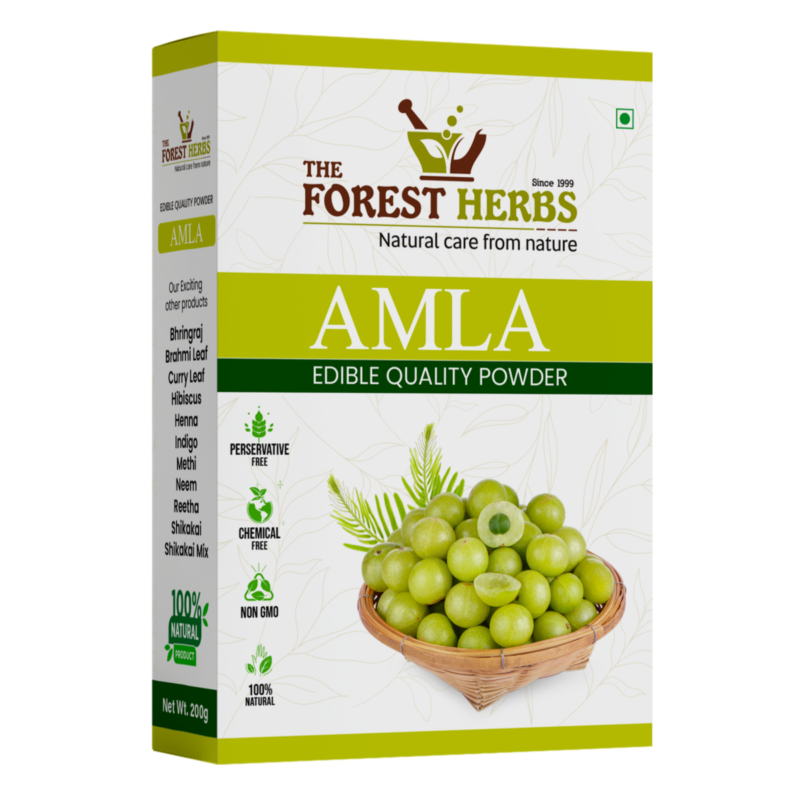
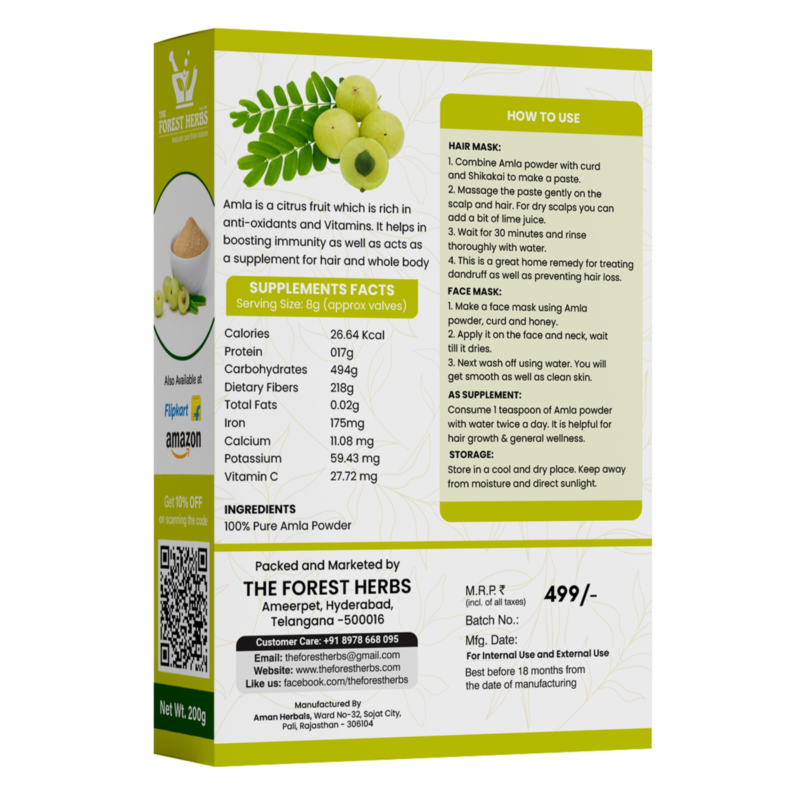
Select options
This product has multiple variants. The options may be chosen on the product page
Amla Powder for Skin, Hair and Eating
Estimated delivery on 24 - 26 December, 2025
-46%
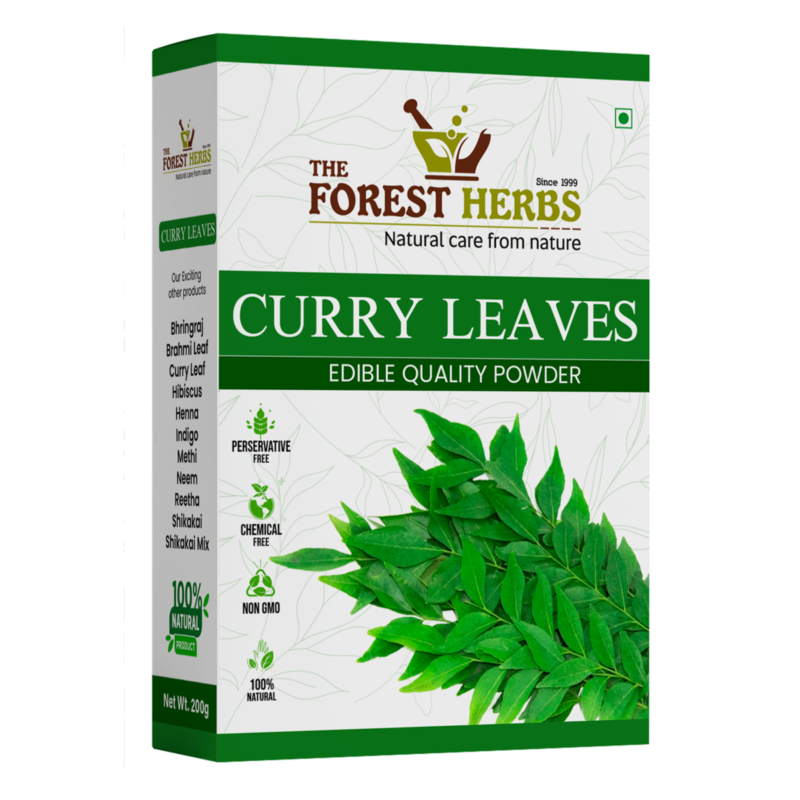
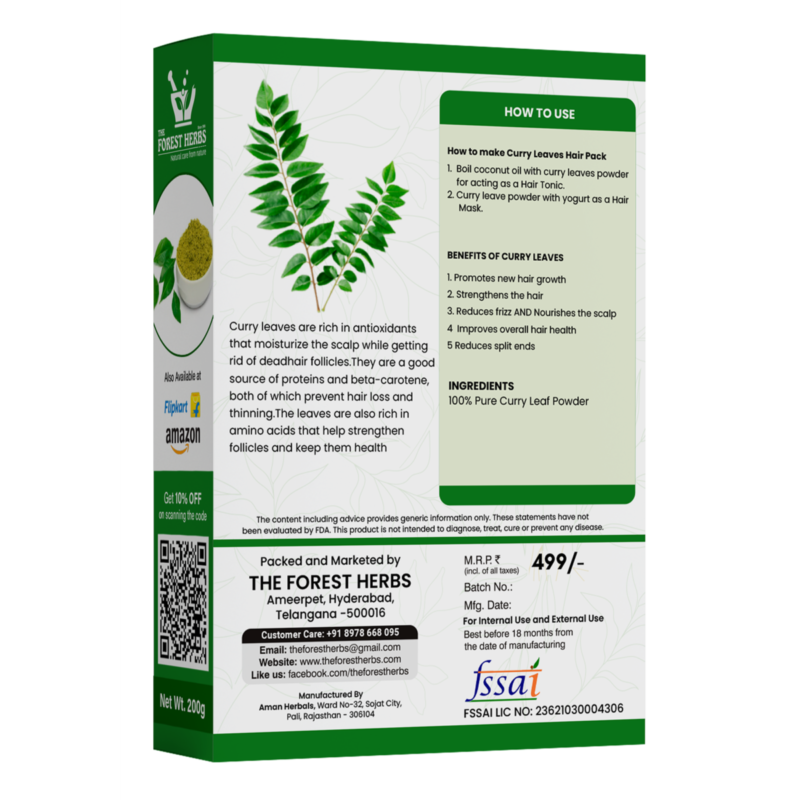
Select options
This product has multiple variants. The options may be chosen on the product page
Curry Leaf Powder (Sun Dried & Stemless) for Strong and Shiny Hair | Eating
Estimated delivery on 24 - 26 December, 2025
-47%
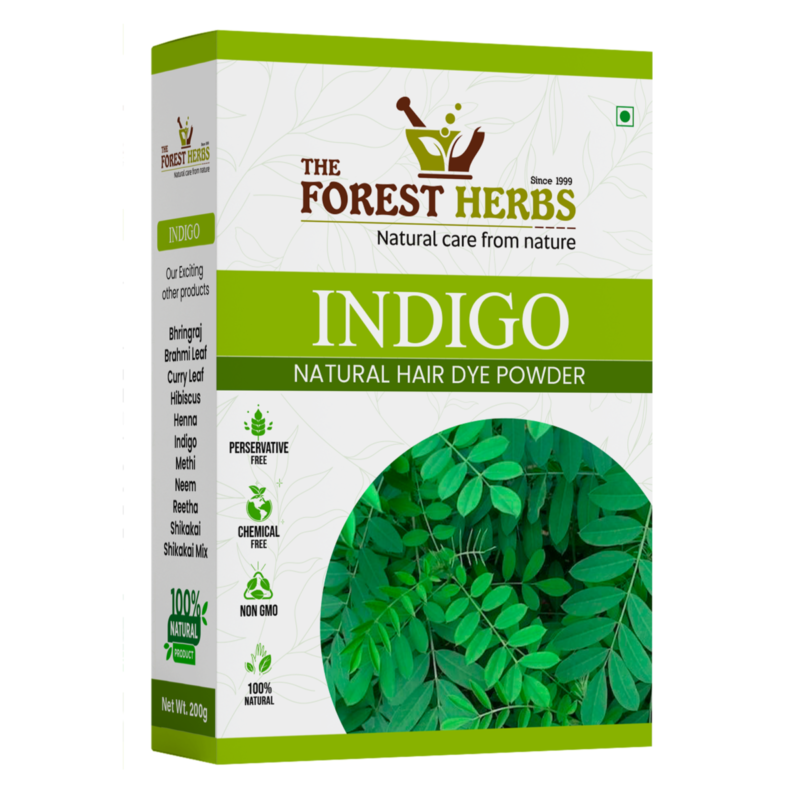
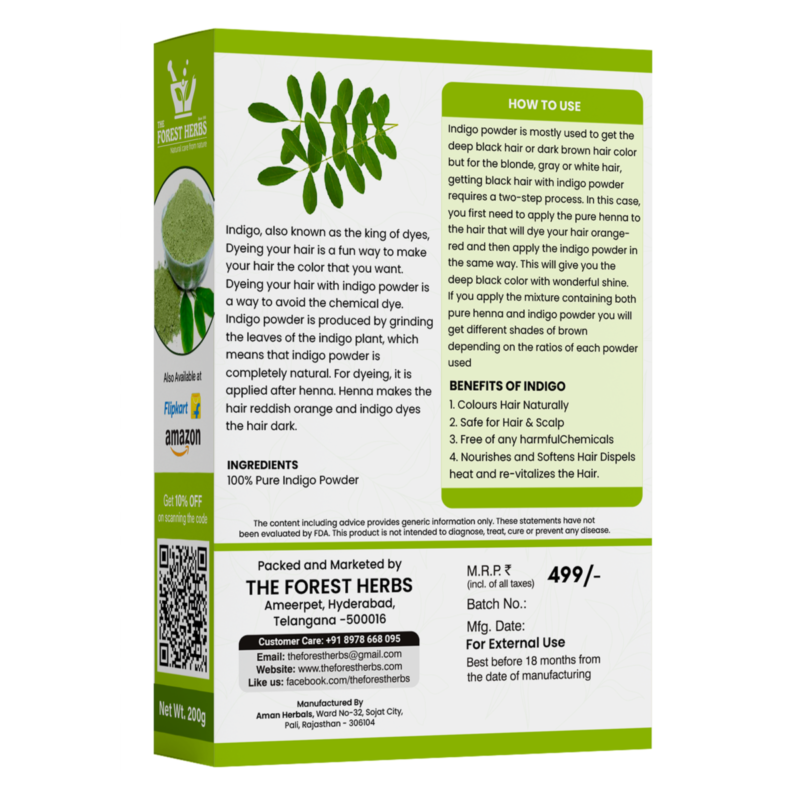
Select options
This product has multiple variants. The options may be chosen on the product page
Indigo Leaves Powder – Natural Hair Dye for Black Hair
Estimated delivery on 24 - 26 December, 2025
₹265.00 – ₹449.00Price range: ₹265.00 through ₹449.00
Natural Dye for Black Hair (Henna Leaves powder, Indigo leaves powder combo pack)
Estimated delivery on 24 - 26 December, 2025
-53%
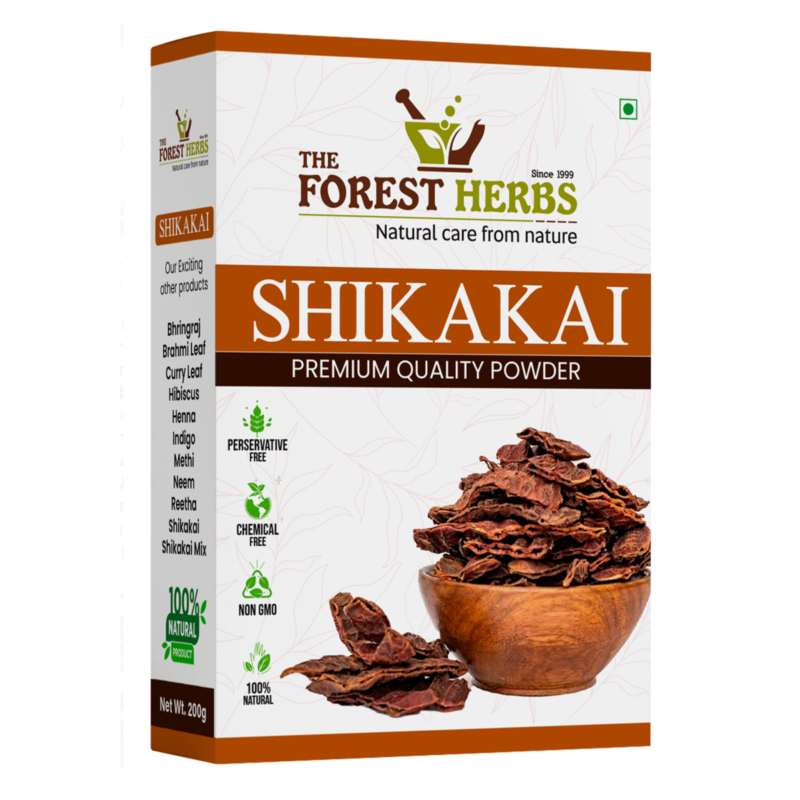
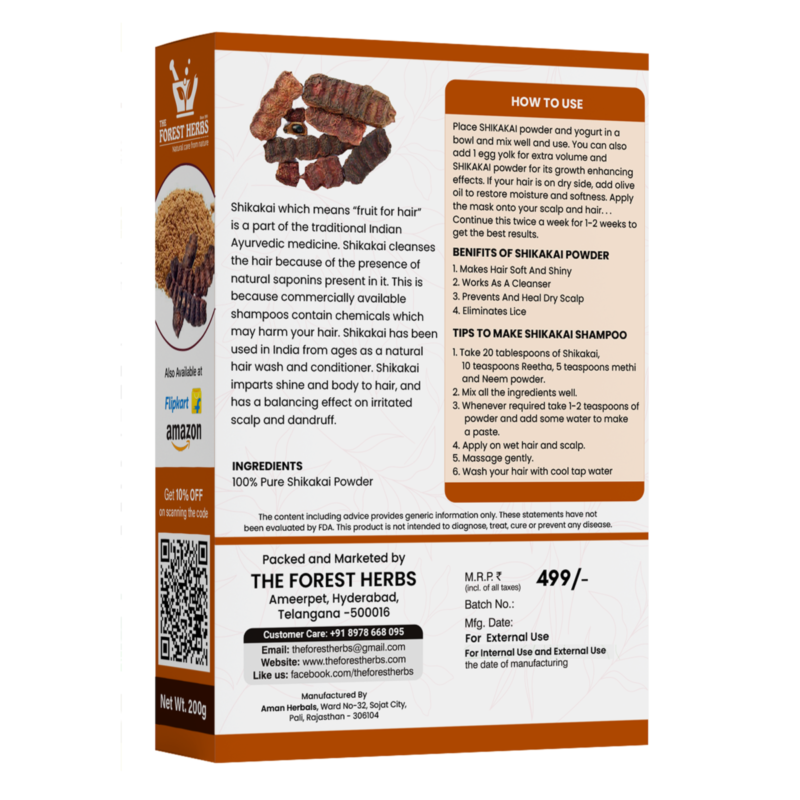
Select options
This product has multiple variants. The options may be chosen on the product page
Shikakai Powder for Hair
Rated 5.00 out of 5
Estimated delivery on 24 - 26 December, 2025

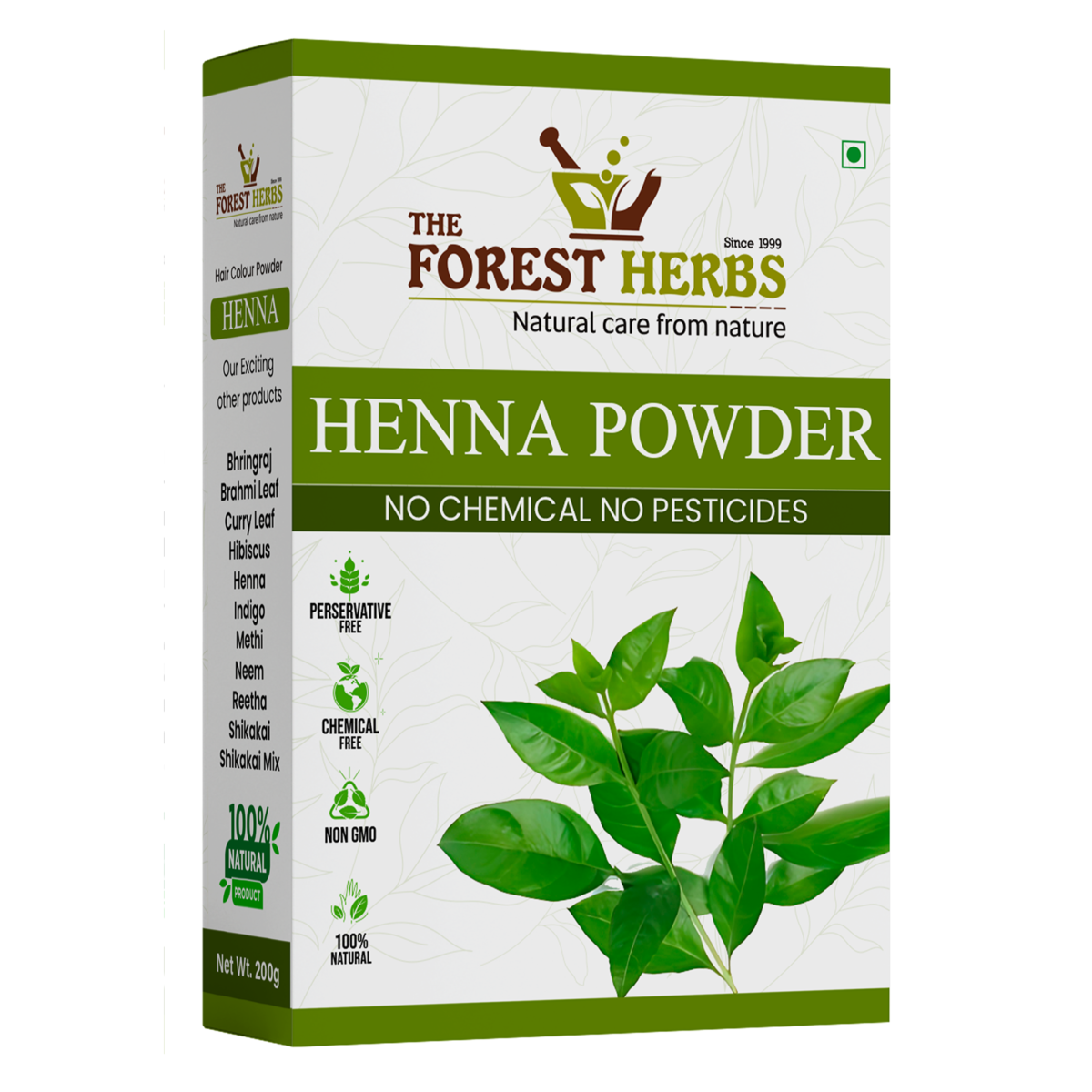
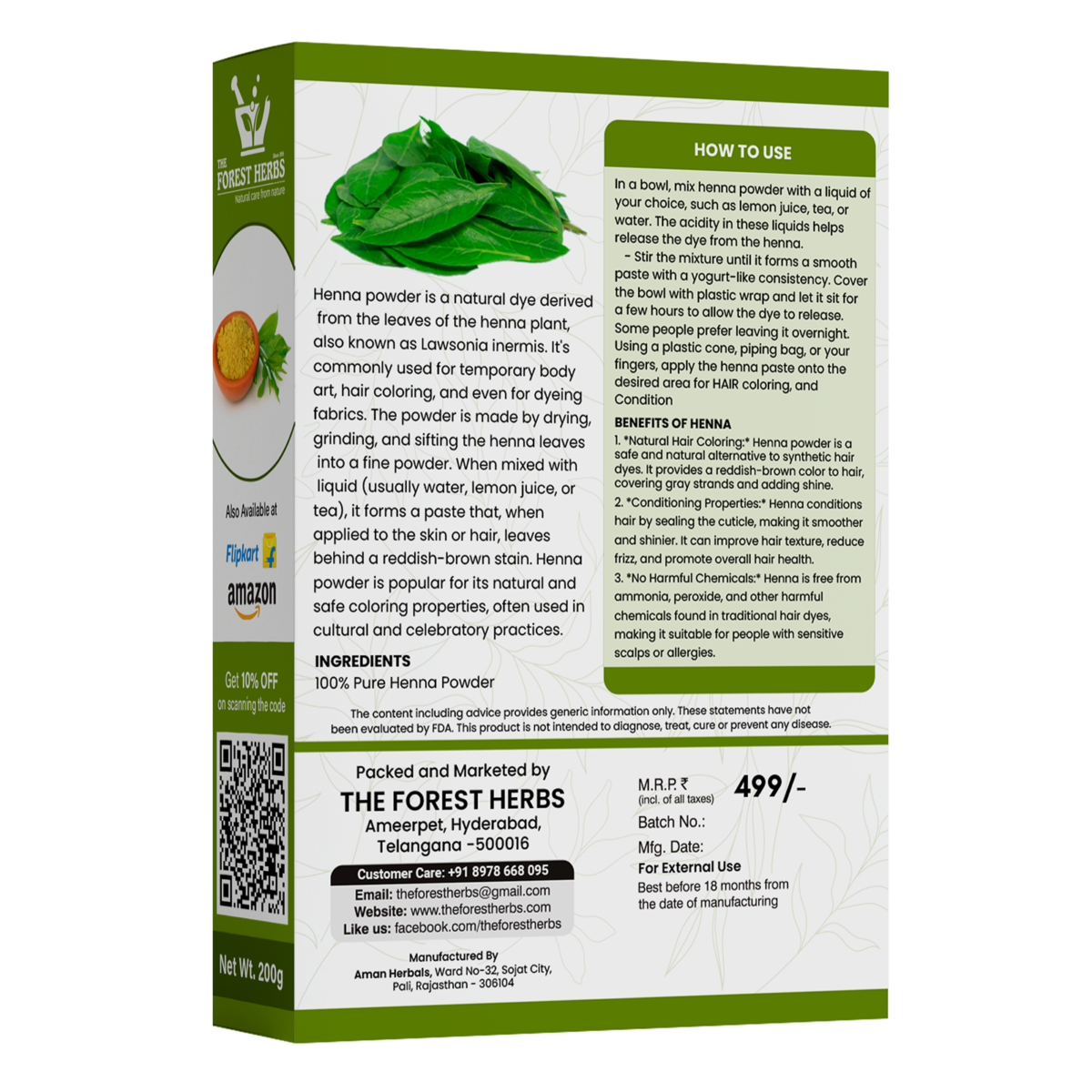


Reviews
Clear filtersThere are no reviews yet.